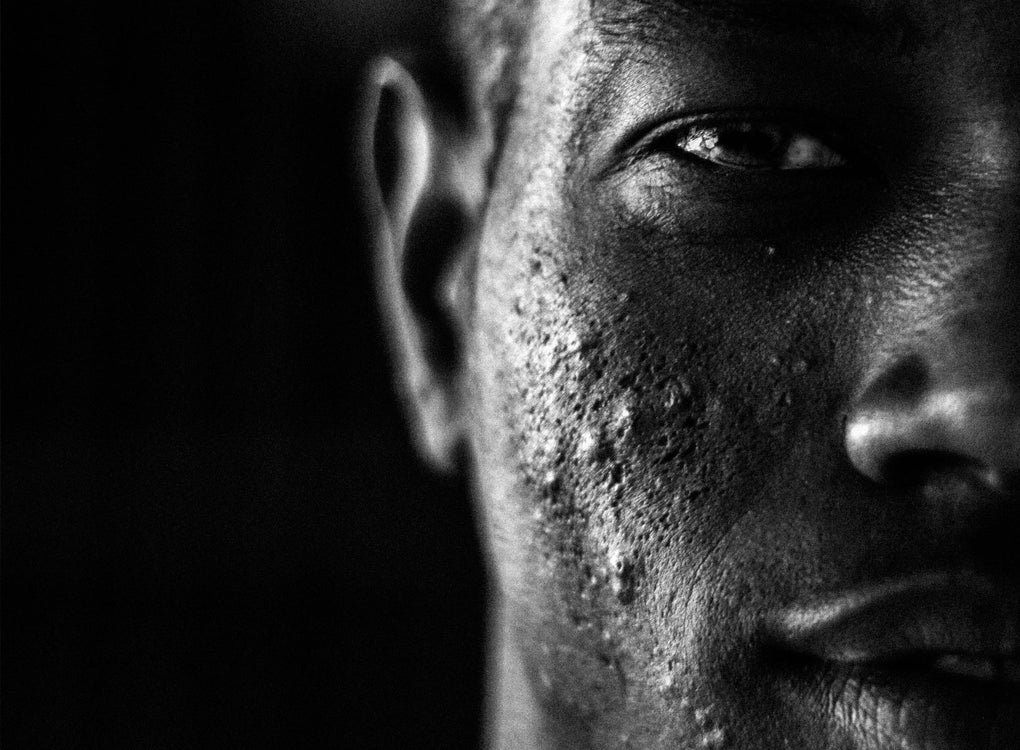What's Color Got to Do With It?
How color affects your skincare needs
As we know, skin comes in a wide range of shades, tones and textures. And while many skin problems are ubiquitous ––meaning any skin can be susceptible to them –– our ethnicity can make us more prone to certain conditions than others. Knowing what you’re inherently more susceptible to can be helpful in keeping your skin in its healthiest state.
All skin has the same number of melanocytes (the cells in the skin responsible for making melanin ––aka our pigment) but the appearance of color is a function of the type and amount of melanosomes. The larger and more abundant they are, the darker the skin will be. Skincare professionals classify skin based on its likelihood to burn or tan (known as the Fitzpatrick system). For the most part, the darker the skin tone, the higher its Fitzpatrick range. Why should this matter to you?
Common issues with higher Fitzpatrick classifications
One of the most common conditions that shows up for darker skin is post-inflammatory hyperpigmentation (PIH), which leaves dark spots or patches after a lesion, such as a bug bite or acne wound. For this reason, men with darker skin prone to acne will want to get a clear understanding of how to prevent and treat it. PIH is typically temporary, but can result in permanent changes to the skin, so taking preventive measures to avoid it is recommended.
Pseudofolliculitis barbea (PFB), commonly referred to as razor bumps or razor burn, tends to show up more frequently in mid and higher range Fitzpatrick skins as well. It is thought to be caused by the distinct shape of the hair follicle in darker skin tones, which makes them more susceptible to ingrown hairs. PFB occurs when ingrown hairs stir up inflammation and cause raised bumps (sometimes confused for acne). We’ve likely all experienced this at some point, and it’s common to want to squeeze or pick at it in an attempt to “free” the ingrown hair, but this will cause further irritation. Your best bet is a good shaving practice that includes cleansing first and an anti-inflammatory toner after.
Darker skins are also more prone to melasma and pigment differences. These conditions are best treated under professional guidance. Facials and chemical peels can help even skin discolorations and hyperpigmentation, but you’ll want to work with a professional who understands skin of color and has worked with your specific concern in the past.
No matter your skin tone or goals, there are treatments and products to help you achieve your healthiest complexion. Knowing the role your personal heritage plays in how your skin reacts, and working with a skincare professional to address concerns, can help you identify the best plan for you.

